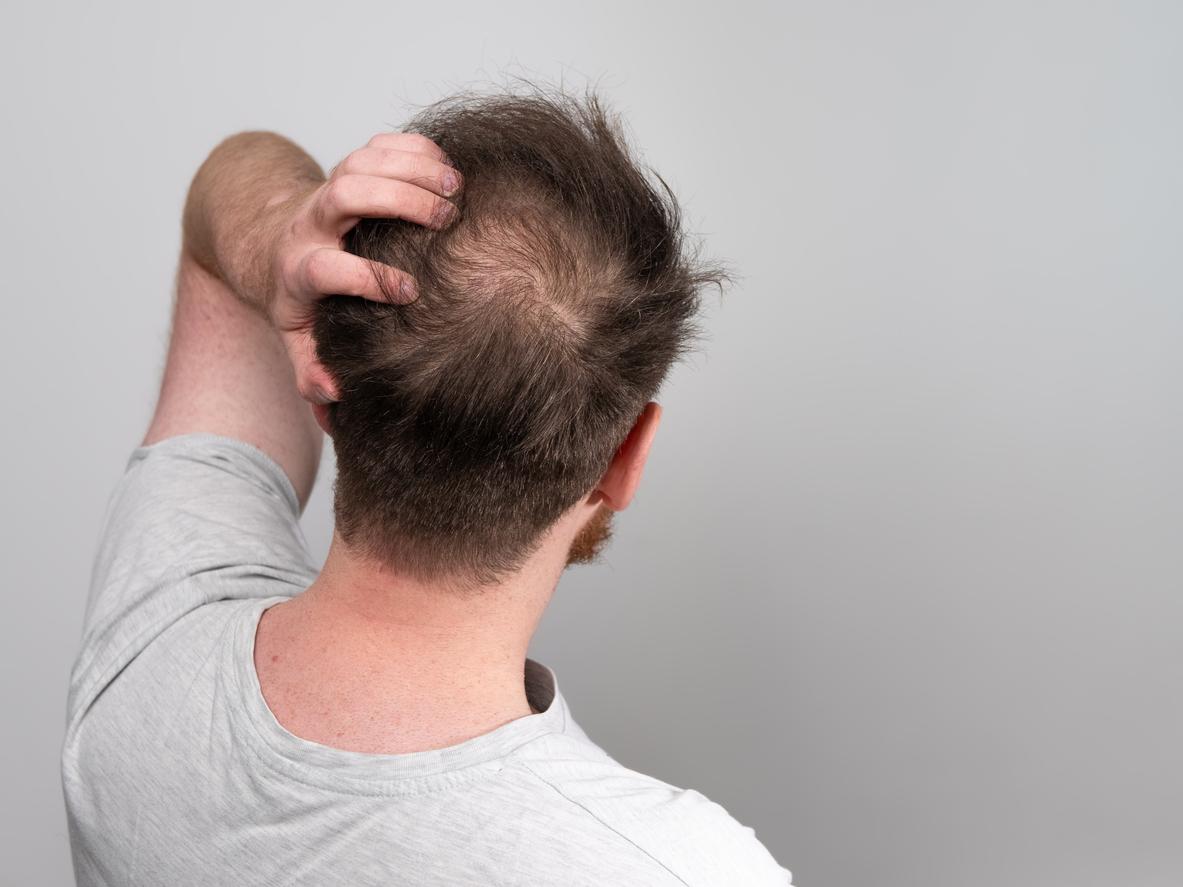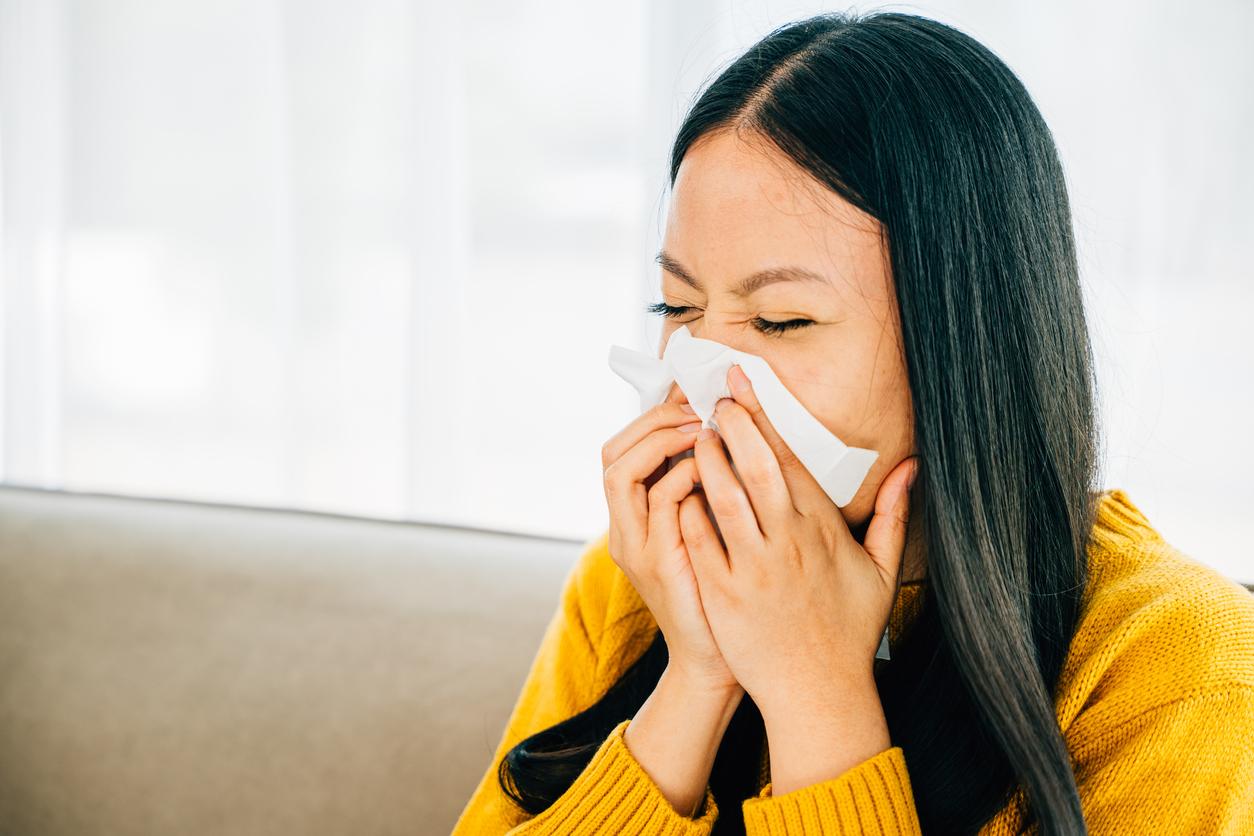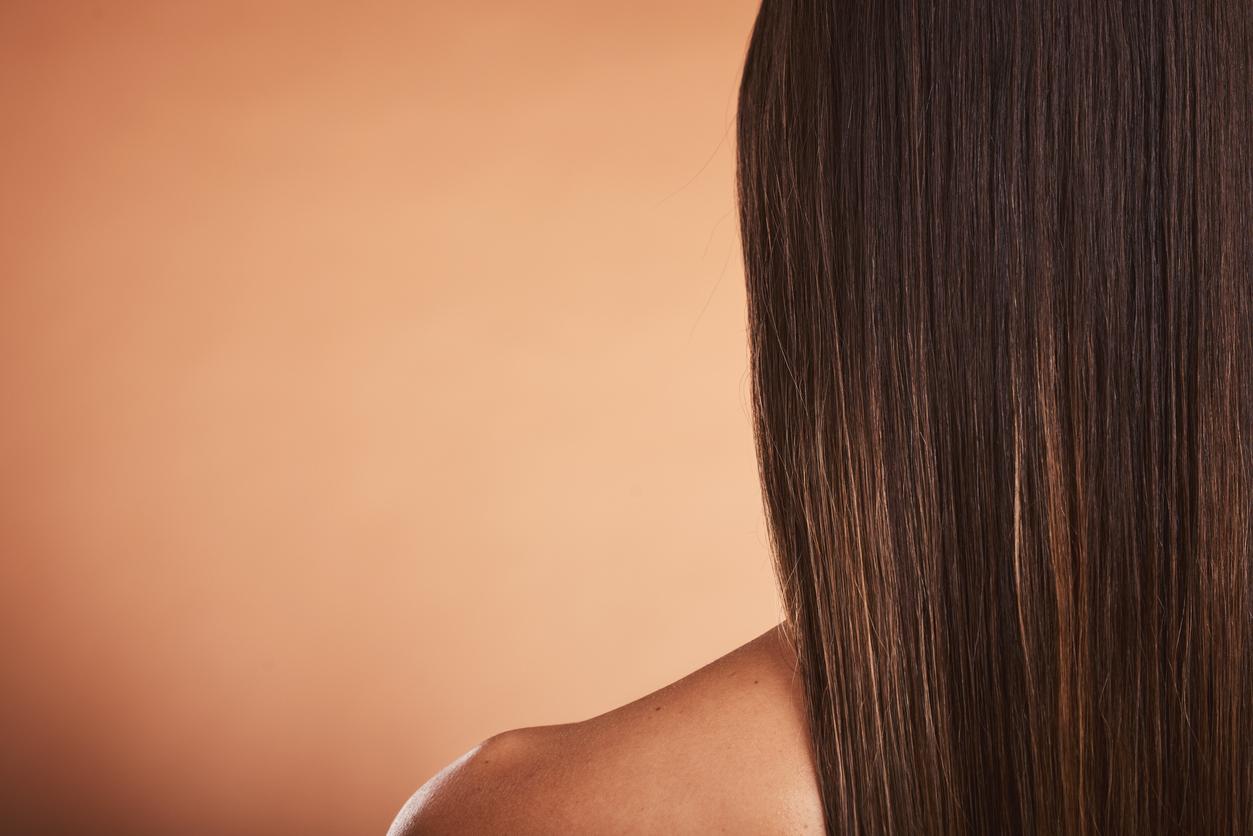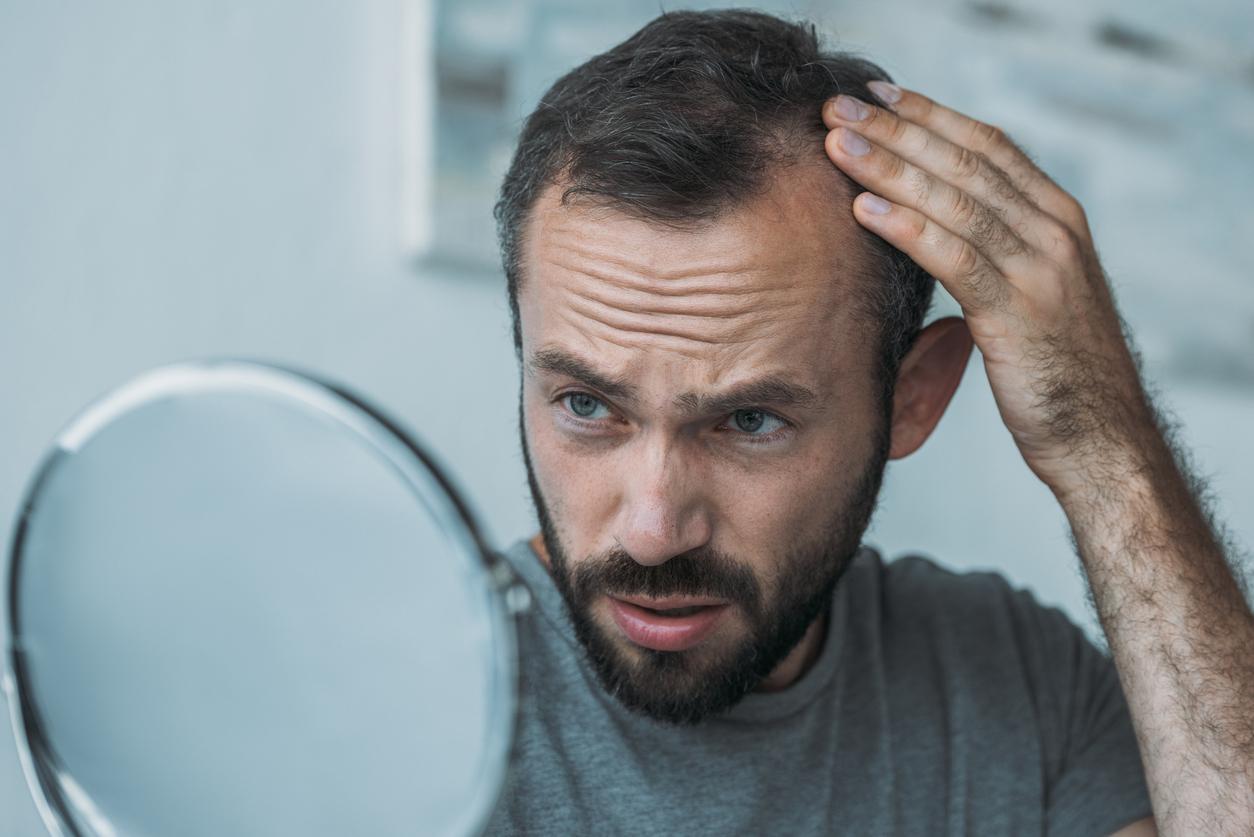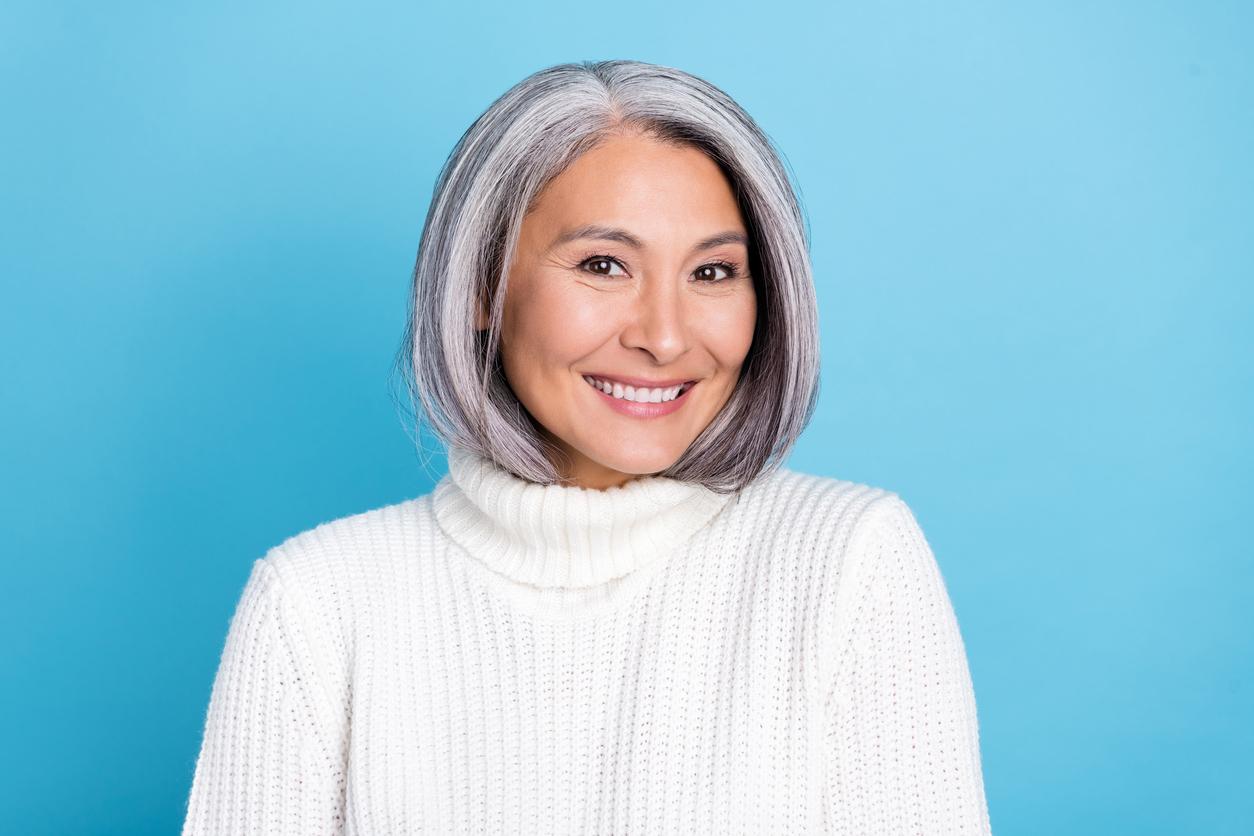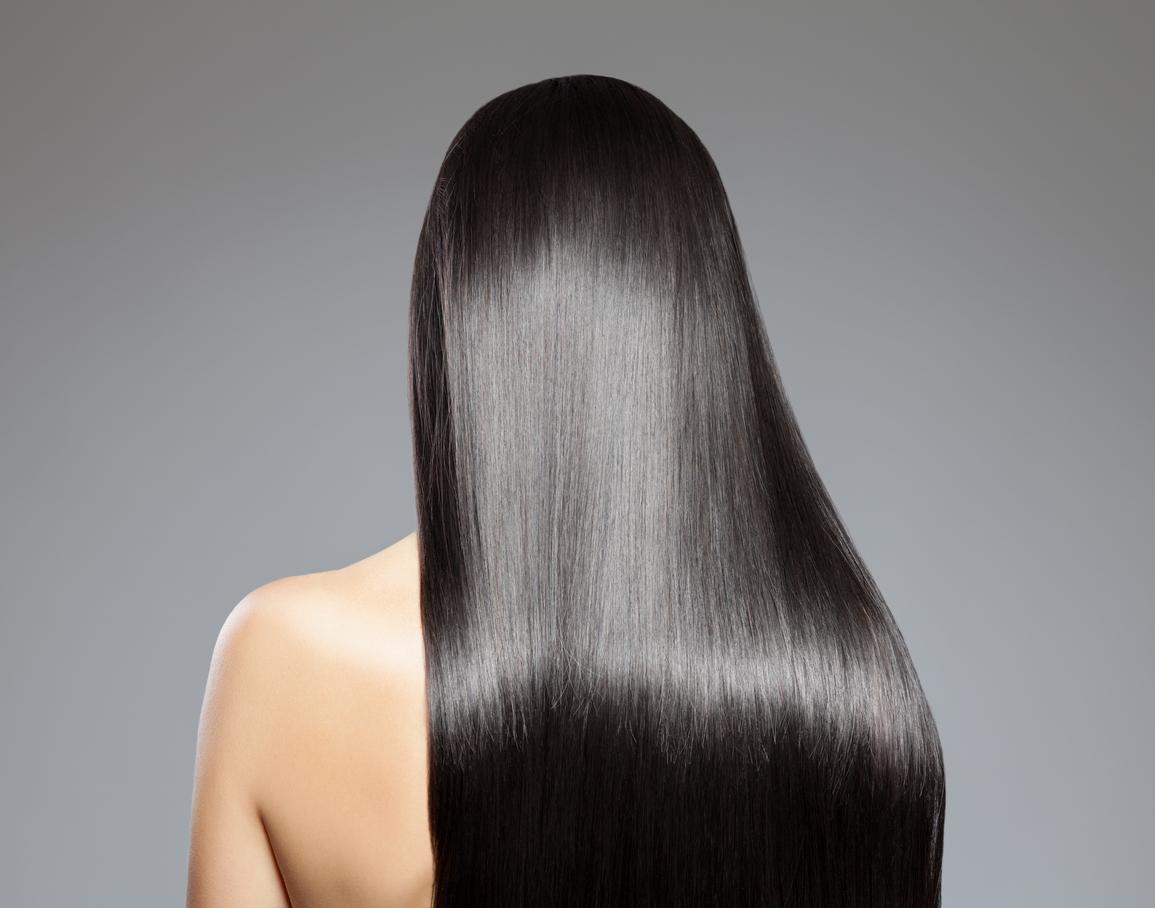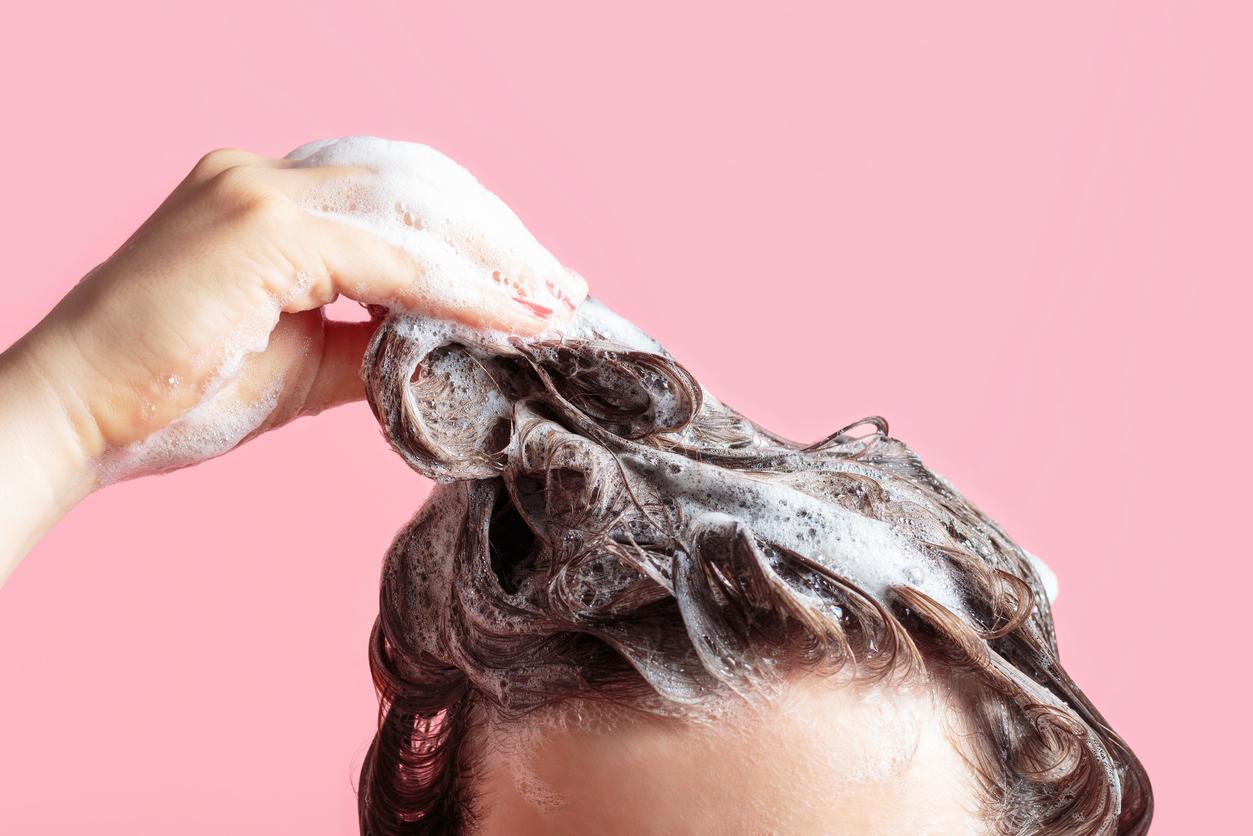- Alopecia in women: what is it?
- What are the causes of alopecia in women?
- How to diagnose alopecia?
- Female alopecia: what treatments and solutions?
- Female alopecia: how does the hair transplant work?
- Female alopecia: how to prevent it?
A few weeks ago, everyone was talking about only this on social networks: la slap given by American actor Will Smith to Chris Rock at the Oscars ceremony. Why this slap? Because the master of ceremonies, a specialist in squeaky jokes, had just made fun of the shaved head of Jada Pinkett-Smith, wife of comedian Will Smith. However, everyone knows (or at least all Hollywood) that she has suffered for several years from alopecia, a disease that causes significant hair loss and which is generally difficult for women to live with.
Alopecia in women: what is it?
Hair that becomes thinner over time, seems more and more sparse to the point of revealing the skin of the skull…”We talk about alopecia when the fall, natural and normal, exceeds a hundred fibers lost per day, a consequence of the telogen phase. explains Camille Mas, scientific expert in pharmacology. Healthy hair follows a cycle of three phases: anagen (growth), catagen (rest) and, finally, telogen (end of life). “When things get out of hand, it’s because the rhythm no longer follows, skipping or interrupting the anagen period. However, if we always have the impression of having millions of hairs, they are on average only 100,000 to 150,000, which can quickly create scattered areas, even complete alopecia in the worst situations. notes our expert.
The fall can be acute (sudden) or chronic (installed over several months or years, as is male pattern baldness)”, says Camille Mas.
What are the causes of alopecia in women?
No, alopecia does not only affect men. Women, even young ones, can also be affected. 16% of them suffer from it against 50% for men.
- “The causes of alopecia are multipleand vary according to age, state of health, deficiencies, taking certain medications or psychological shocks”, explains Doctor Rafaa, dermatologist in Paris and head of the dermatology department at the Center Hospitalier sud Francilien de Corbeil Essonnes.
- Androgenetic alopecia begins after puberty, it is sometimes associated with oily hair, acne or hirsutism. It manifests itself at the top of the skull, and gradually, the hair is replaced by intermediate hair, then by down hair. This type of alopecia is located, in women, on the frontal and occipital area.
- Reactive hair loss is the one that occurs after a major psycho-emotional shock, childbirth, surgery, or significant weight loss. It can resolve in 4 to 6 months.
>> There is also what is called “Chronic Telogen Effluvium”. The cause is mysterious and occurs in middle-aged women. It evolves irregularly, with diffuse and often seasonal hair loss.
“Other causes are at the origin of alopecia: those which result from thyroid disease or autoimmune diseaseor iron deficiency, heavy treatments such as chemotherapy, emphasizes Dr. Rafaa. In addition, two special cases are added to this list: alopecia areata. This is called circumscribed alopecia, considered an autoimmune disease affecting adults and children. Another special case is trichotillomania. It denotes the habit of pulling or twisting one’s hair with one’s fingers. Which leads to alopecia. It affects 1 to 3% of adolescent girls. A small proportion compared to a gesture that may seem trivial and yet causes severe hair loss.
How to diagnose alopecia?
To remedy hair loss, there are many specific food supplements on the market, but it is better to consider a complete consultation with a dermatologist because there is a risk of taking a product that is unsuitable for your own case, filling up on vitamins you don’t need and neglecting those that could solve the problem.
The consultation must take into account several criteria: personal or family history, diet, stress. Then, the practitioner will examine the scalp, and perform a test to assess the fall. In some cases, he will perform a test called “trichogramma” to check if it is true alopecia or chronic hair loss. “We can also prescribe a blood test to look for anemia, or a thyroid problem”says Dr. Rafaa.
Female alopecia: what treatments and solutions?
It is only once the precise diagnosis has been made that the solution can be adapted. For acute or chronic hair loss, food supplements based on vitamins B5 and biotin are the most suitable.
For androgenetic alopecia, the Minoxidil 2% and/or cyproterone acetate (marketed under the name Androcure or Diane 35) are generally prescribed. Some dermatologists also prescribe injections of platelet-rich plasma (PRP) or sometimes autografts.
Finally with regard to trichotillomania, psychological treatment most often required.
>> When to consult? When an intense fall has started, consult a specialist without delay to obtain a diagnosis to find the exact cause of this fall and restart growth, if possible.
Female alopecia: how does the hair transplant work?
In the case of partial alopecia, however, new hope has just appeared on the market thanks to the Israeli company Hairstetics. It is wicks to be grafted directly into the scalp after local anesthesia, in order to offer intense resistance to daily aggressions: brushing and styling, too tight elastic, wearing a motorcycle helmet or swimming cap…
“Like 100% sterile surgical threads, they are inert and do not cause an unpleasant allergic reaction or risk of rejection”, rejoices Dr. Ghislaine Beilin, aesthetic doctor. Another bonus, unlike conventional hair transplants, where only short bulbs are implanted in the skull – which makes the operation long, cumbersome and unattractive for a woman – the locks are already long (approximately 30 cm) and offer a style that is then adapted (color and look) to the wishes of the person.
>> How much does it cost? There are 7 colors of locks, different lengths and waves, and the fibers are resistant to coloring applied to natural hair. For the time being, this technology, which is just being established in the West, remains expensive (5000 € for 500 locks) and reserved for people with a healthy scalp, without total alopecia. “But it’s a safe bet that the development of the industry in Europe will make it more accessible and cheaper” hopes Dr. Ghislaine Beilin.
Female alopecia: how to prevent it?
The idea is to protect the hair follicles from stress by strengthening them as one would feed a plant with a good fertilizer. “On the menu, vitamins (B3, B5, B6, B8) and nutrients (iron) in cleansing and/or treating treatments applied in stimulating massages, in order to boost circulation”, recommends Camille Mas. But the watchword of your routine will be perseverance, because the treatments – shampoos, masks, anti-hair loss lotions or serums, food supplements, etc. – require frequent applications to be effective.
Care must be applied without friction, using a gentle scalp massage, which is done with your fingertips. Again, consistency is key. You have to force yourself to do it every day, in cures of three months.
Our Experts:
- Camille Mas, pharmacology expert at Furterer
- Dr. Ghislaine Beilin, aesthetic and anti-aging doctor, vice-president of the National Union of Aesthetic Physicians
- Dr Mostefa Rafaa, dermatologist and head of the dermatology department at the Center Hospitalier sud Francilien de Corbeil Essonnes
Read also:
- Do we really gray hair when we are stressed?
- How to get rid of dandruff?
- Scalp: how to take care of it?











